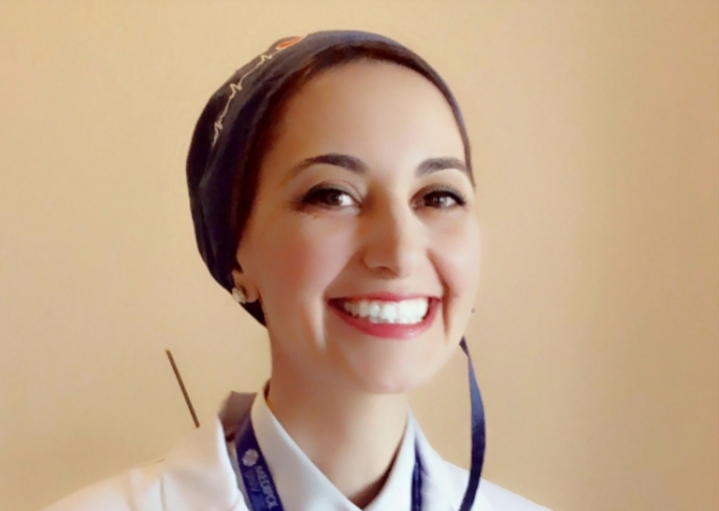Comments Off 
FEBRUARY 25TH, 2012
By BANU PLUIE
KOC UNIVERSITY
COLLEGE OF ENGINEERING
ENGINEERING SEMINAR SERIES
******************************
Speaker: Zeynep H. Gümüş, PhD
http://physiology.med.cornell.edu/faculty/gumus/lab/
Title: Network Analyses and Visualizations for Biomedicine
Date: 2 March 2012
Time: 11:00 A.M.
Cookie & Tea: Engineering Coffee Lounge, 10:45 A.M.
Place: ENG 208
Host: Yaman Arkun
Abstract:
In order to computationally simulate and predict the behavior of a biological network using engineering principles, a complete and accurate blueprint of the system is necessary. However, often this kind of comprehensive information is not known and not possible to obtain. I will present an integrated experimental and computational approach we have designed to identify the key cellular components of a network, specifically to discover those that either contribute to or drive therapeutic synergy of drug combinations in cancer treatment. The approach includes (i) quantification of drug synergy in high throughput transcriptome experiments, (ii) data-driven Reverse Engineering and Forward Simulation technology to develop an in silico model predictive of drug synergy, and (iii) utilization of databases of interaction and functional information in hypothesis generation that are validated experimentally in a final step (iv). I will illustrate this approach with an application to the analysis of transcriptome changes in cells exposed to the synergistic anticancer drug combination of farnesyl transferase inhibitors (FTIs) combined with taxanes in ovarian cancer treatment.
Finally, I will present a new technology my group is developing in immersive 3D visualization of networks, from the level of the brain to the bio-molecules to aid in disease therapy and drug discovery.
Comments Off 
FEBRUARY 8TH, 2012
By BANU PLUIE
KOÇ UNIVERSITY
GRADUATE SCHOOL OF HEALTH SCIENCES
GSHS SEMINAR
Wednesday, February 8th, 2012
******************************************************************
Speaker : Herbert J. Meiselman, ScD, Keck School of Medicine
Title : Hemorheology: An Engineering Perspective on Blood Flow
Time : 16.00 (Refreshments will be served at 15.45)
Place : SOS B 08
Hemorheology: An Engineering Perspective on Blood Flow
Herbert J. Meiselman, ScD
Keck School of Medicine
Los Angeles, CA
The rheological behavior of blood and its formed elements are of current basic science and medical interest, with this attention prompted by both engineering considerations and by clinical conditions that can modify rheological behavior. This field of study, termed hemorheology, deals with rheological properties on several levels: 1) macroscopic where whole blood is viewed as a non-Newtonian, shear-thinning fluid; 2) cellular which considers the deformation response of individual red blood cells (RBC) and white blood cells (WBC) when subjected to mechanical forces; 3) microscopic where intrinsic cell membrane material properties such as elastic modulus and viscosity are determined, usually via micropipette techniques. Various clinical conditions, including diabetes, heart attack, sickle cell disease and stroke, can adversely affect the rheological behavior of blood and hamper blood circulation; exact linkages between laboratory measured rheological properties and tissue blood flow have yet to be fully defined. One area where engineering/biophysical approaches and clinical interests converge is the phenomenon of reversible RBC-RBC aggregation: it is a major determinant of blood?s non-Newtonian flow behavior, can be grossly abnormal in several pathologies, and markedly affects RBC flow dynamics in smaller blood vessels. Models for polymer-induced RBC aggregation, experimental and theoretical results for cell-cell adhesion, and the role of cellular properties in RBC aggregation will be presented. Areas for possible future engineering-medical science collaborative research will be briefly considered.
